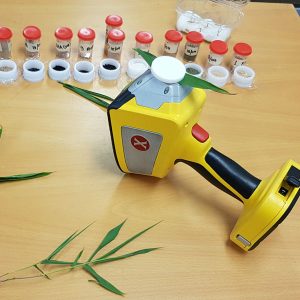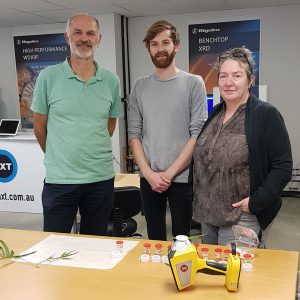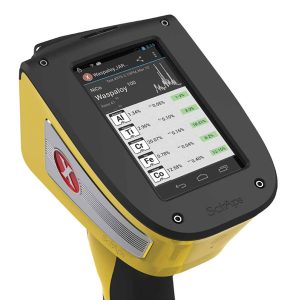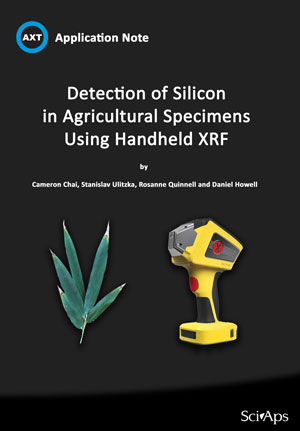Detection of Silicon in Agricultural Specimens Using Handheld XRF
Dr Cameron Chai1, Dr Stanislav Ulitzka1 and Dr Rosanne Quinnell2, Mr Daniel Howell2
1. AXT Pty Ltd
2. School of Life and Environmental Sciences, The University of Sydney
Abstract
Silicon is the most abundant element in the Earths crust. It has been found that some plants have higher levels of silicon than others. It is the aim of this application note to demonstrate that a handheld X-Ray fluorescence spectrometer (HHXRF) is a capable tool for detecting silicon in agricultural specimens and that it is a capable alternative to other more traditionally used analytical techniques.
Introduction
Despite the abundance of silicon in the environment, Si can only be taken up by plants in the form of mono-silicic acid (H4SiO4). Its presence in soil is influenced by factors such as pH, clay content, other minerals present, organic matter and Fe/Al oxides/hydroxides and fertiliser concentration.
Vast amounts of literature look at the effect of silicon in plant/crop productivity and health. According to Bloodnick (2018), silicon is not considered an essential element and most will grow normally without it. However, he also states that silicon benefits certain plants that are under stress. Si has been found to:
- Improve drought tolerance
- Delay wilting (improved water-stress response)
- Enhance resistance to micronutrient and other metal toxicities
- Increase stem strength
- Increase resistance to fungal pathogens
According to Kumar et al. (2017) the uptake of the mono silicic acid can be passive or active. The silicon is then deposited in the root epidermis, leaf epidermal cells and outer epidermal cells of inflorescence bracts as amorphous hydrated silica. Some plants are known to uptake greater amounts of silicon than others. As such, plants can be classified, based on the amount of silicon they uptake as:
- Accumulators > 1.5% Si
- Intermediate 0.5 to 1.5% Si
- Non-accumulators < 0.5% Si
XRF is a common elemental analysis technique used in materials science, cement, mining and positive materials identification (PMI). While high throughput laboratories favour larger XRF spectrometers, handheld XRFs have become more commonplace, especially where portability and in-field measurements are required.
In this application note we examine a number of plant leaves using HHXRF.
Methods and Materials
In this study we used a SciAps X-300 HHXRF that features a high performance silicon drift detector, pulse processing electronics and a highly optimised X-ray tube (50kV Rh anode) and detector geometry to maximise count rates. Using an Android operating system, SciAps HHXRFs also offer other features such as wifi connectivity. Measurement times for each spot examined were 15-18 seconds using the in-built soil profile running at 15kV.
We tested 3 types of plants:
- Bamboo (Family: Poaceae)
- Lemongrass (Family: Poaceae)
- Kauri Pine (Family: Araucarieaceae)
 |  | 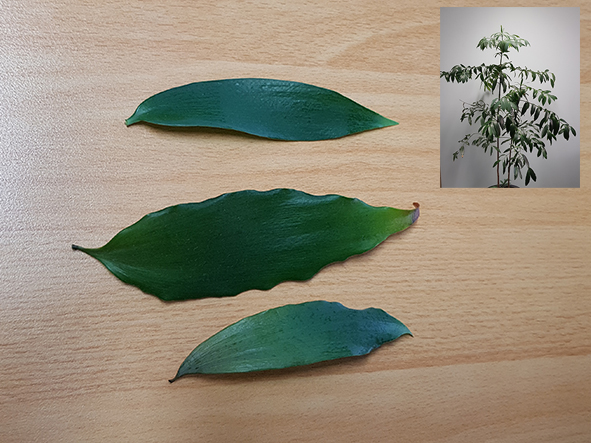 |
| Bamboo | Lemongrass | Kauri Pine |

